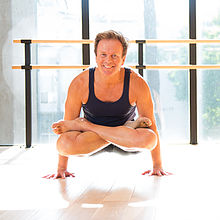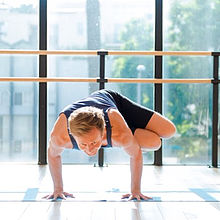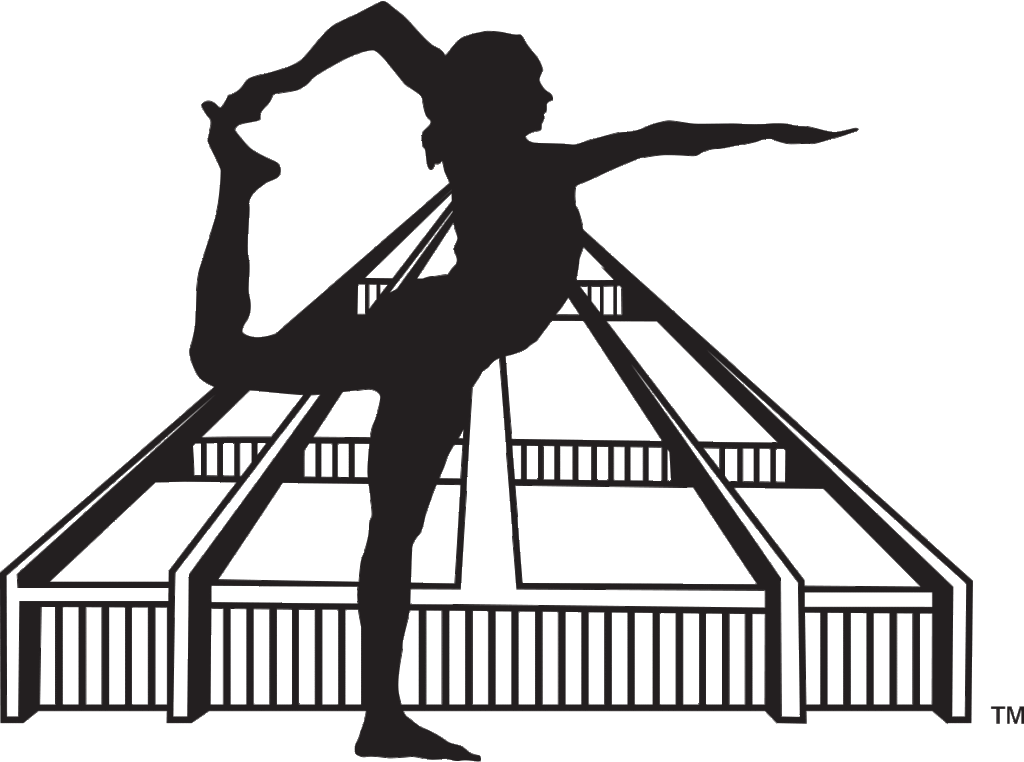Yoga
HISTORY OF YOGA

What is Yoga?
Yoga literally means union – a coming together of mind, body and spirit. Yoga is also is an art, a science and a philosophy. With the growing popularity of yoga studios, many people look to yoga for physical exercise and health, but with continued practice, many soon discover that yoga transcends the physical stage. In The Yoga Sutras, the sage Patanjali wrote of eight steps towards spiritual fulfillment. The side effects of a yoga practice can reduce stress, regulate the systems of the body and offer one a profound sense of well being.
What is Iyengar Yoga?
Iyengar Yoga is based on the teaching of living yoga legend Mr. B.K.S. Iyengar. Iyengar Yoga, one of the most widely-practiced forms of yoga in the world today, emphasizes correct alignment of all parts of the body within each yoga pose.
It is through this attention to precision that one builds strength and stamina – balance and flexibility – and a new sense of well being.
By achieving meditation in action, students learn to exist fully and vibrantly in the present moment.

Is Yoga for Me?
As long as one is willing, no one is too old or too stiff, too fat or thin or tired. Iyengar Yoga can guide students of all ages and physical conditions to a yoga experience that’s profound, intelligent and transformative.
Using deep-seated knowledge of the yoga asanas (postures), Iyengar Yoga teachers individualize their approach for each student. Special adjustments are made for various body types, injuries, and conditions (for example: high blood pressure, knee, lower back injuries, pregnancy, menstruation and countless others).
Sequences of poses are devised which build skill and understanding, as students progress from posture to posture, class to class and year to year.
Students begin with standing poses. Then, other postures are added, including forward bends and back bends, twists, inversions and restorative poses.
Salamba Sarvangasana (Shoulder Balance) is introduced as soon as students are ready because of its many therapeutic benefits. Generally, each class ends with Savasana, corpse pose.
Students learn to rest and relax profoundly, completely releasing the body while drawing the mind towards the peace within. In B.K.S. Iyengar’s unique perspective, the yoga asanas and Pranayama (the control of the breath) allow us to explore the higher limbs of yoga, including true meditation and even Samadhi, the complete freedom that is the end of the yogic journey.
The practice of yoga offers the practitioner the opportunity to calmly face the challenges of life in times of fear and uncertainty, with poise and presence of mind.



